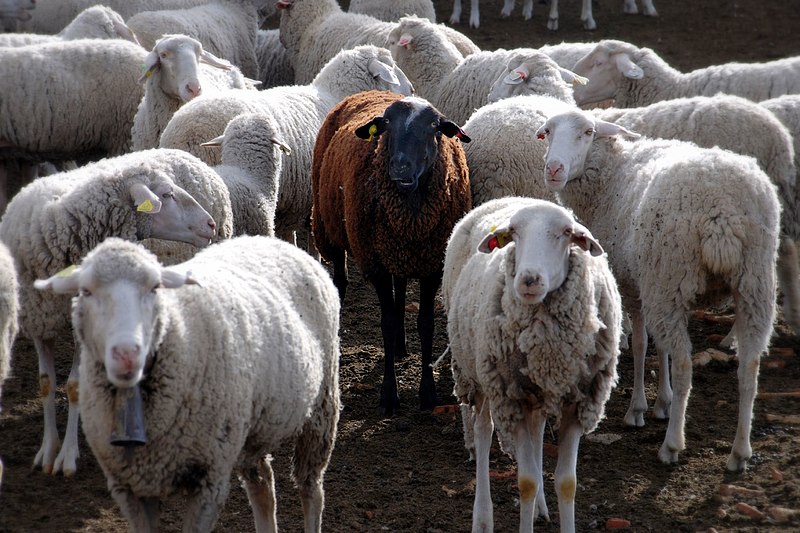Oktoberfest is more than just the name of a beer. It's the name given to a 16 day festival held annually in Munich, Bavaria, Germany running from late September to the first week of October. The festival is a German national holiday that started around 1810. Since the 1960's it has grown to be a world-wide festival that is known for the large quantity of beer served and attire worn. Only beer conforming to the Reinheitsgebot (old beer purity law) is allowed to be served at the festival with a minimum alcohol content of 6%. As one might think there are many problems every year with young people underestimating the amount of "high octane" beer they can handle without passing out. Locals have a name for these patrons "Bierleichen" (German for "beer corpses").
 |
| Bierleichen |
So it's traditionally around that time to brew an Oktoberfest so that it will have time to lager and be ready mid to late September. I've brewed this style one time previously, which in my opinion didn't turn out well. It was drinkable but I tried a multi-step infusion mash and missed my numbers resulting in a light bodied beer were as this style should have a heavy body. I decided to try a decoction mash on this brew in order to make sure I got that heavy body and malt presence I need in this beer.
 |
| Single Decoction Mash Schedule |
Modern malted grains are so well modified that a decoction mash is really no longer necessary. Thus I decided to go with a step infusion from the protein rest to the saccrification rest and then a single decoction to mash-out. I heated 3gals to strike of 149*F and hit my target of 133*F (Hit high and came down fast though).
 |
| Protein Rest at 133*F |
My brewing software had shown to use a 1.5 gal infusion at 212*F to raise the mash temp into saccrificaiton at 155*F, but that ended up being way off and took me up to only 148. So I quickly boiled a couple of quarts of water to add to the mash. That took me up around 158 and fell to 155. I'm a little nervous because I believe this is the very thing that killed the body in my last oktoberfest. So I may need to start
adding a buffer amount to my infusions and slowly add to temp (a ball valve on my liquor tank might help here).
 |
| Removing the thick part of the decoction |
I kept the mash at 155*F for 45 mins in order for conversion to take place. About 30 mins into that process I drained off about 2 gals of the mash into a separate pot then used a strainer to gather the thick part of the decoction I needed, then proceeded to boil the decoction.
 |
| Boiling the decoction |
I kept the decoction boiling for 30mins, continually stirring, as not to scorch the grains. The decoction then slowly got added back to the mash to hit mash-out temp of 168*F. From there I drained the mash-tun and got my first ever stuck mash! I got my grains from the local home-brew shop in NLR (first time to use them). So the milling might have been a little more fine on the grains or possibly the decoction turned the grains mushy and clogged up the grain bed?

I unstuck the mash by using my paddle and gently stirring/scraping the false bottom of my mash-tun in order to minimize the small amount of grain that might get through and into the boil. The sparge also stuck and I had to employ the same trick there as well. For a stuck sparge and a decoction mash, I surprisingly didn't get that great eff. that I was expecting (73%). I ended up having to increase the boil time to a little over 90 mins in order to hit the gravity numbers I wanted to hit. So I ended up with exactly 5 gals (with trub) at 1.055 OG.
I pitched a 2qt starter that I started 3 days earlier along with a second vile of yeast. This may have been over kill but this is a larger lager so it needs lots of yeast. 12 hours later and we have fermentation!
Spent Grain Dog Biscuits
I don't have dogs but I have a lot of friends who do. So I decided to try out a recipe I found for making dog biscuits out of my spent grains. For my first test batch I used the grains from this brew.















































